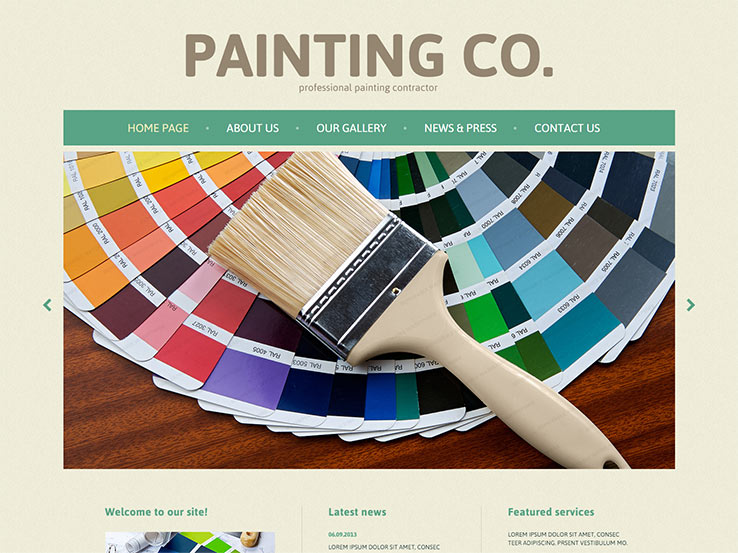Discover Exactly How Seasonal Influences Can Influence The Performance Of Business External Painting And Find Out One Of The Most Desirable Times To Make Sure Long Lasting Outcomes For Your Job
Discover Exactly How Seasonal Influences Can Influence The Performance Of Business External Painting And Find Out One Of The Most Desirable Times To Make Sure Long Lasting Outcomes For Your Job
Blog Article
Content Written By-Doherty Chaney
When you're intending a commercial outside paint job, seasonal elements can make or damage your outcomes. You'll want to take into consideration how temperature and humidity influence paint application and drying out times. Selecting the ideal season can guarantee your paint sticks appropriately and lasts much longer. But which periods are truly the very best for this type of job? Let's explore interior painting company that can impact your task's success.
The Influence of Temperature Level on Paint Application
When you're planning a commercial external painting job, the temperature level can substantially influence just how well the paint adheres and dries.
Preferably, you intend to paint when temperature levels vary between 50 ° F and 85 ° F. If it's too cool, the paint may not treat correctly, causing issues like peeling or splitting.
On the other hand, if it's as well warm, the paint can dry out as well swiftly, stopping correct attachment and leading to an unequal finish.
You should additionally think about the moment of day; morning or late afternoon supplies cooler temperatures, which can be more favorable.
Always examine the producer's suggestions for the certain paint you're utilizing, as they usually supply advice on the optimal temperature variety for ideal outcomes.
Humidity and Its Impact on Drying Times
Temperature level isn't the only environmental variable that affects your industrial exterior painting project; moisture plays a considerable function as well. High moisture levels can slow down drying times substantially, impacting the general top quality of your paint task.
When the air is saturated with wetness, the paint takes longer to heal, which can bring about issues like bad adhesion and a higher risk of mold development. If you're repainting on a particularly humid day, be prepared for extensive delay times between layers.
It's important to monitor neighborhood climate condition and strategy accordingly. Preferably, go for humidity degrees between 40% and 70% for optimum drying out.
Keeping these factors in mind guarantees your project remains on track and delivers an enduring finish.
Best Seasons for Commercial Exterior Painting Projects
What's the very best time of year for your business exterior paint tasks?
Springtime and early fall are usually your best options. During these seasons, temperature levels are light, and moisture degrees are typically reduced, creating suitable problems for paint application and drying.
Avoid summer season's intense heat, which can trigger paint to completely dry also quickly, causing bad bond and finish. Similarly, winter months's cool temperature levels can hinder appropriate drying and curing, taking the chance of the longevity of your paint job.
Go for interior painter golden valley with temperatures between 50 ° F and 85 ° F for optimum results. Bear in mind to check the regional weather report for rain, as damp problems can wreck your job.
Preparation around these variables ensures your paint task runs efficiently and lasts longer.
Conclusion
To conclude, preparing your industrial external paint tasks around seasonal considerations can make a significant distinction in the end result. By scheduling job during the ideal temperature levels and humidity degrees, you'll ensure much better adhesion and drying times. Keep in mind to watch on regional weather forecasts and select the correct time of year-- springtime and very early loss are your best options. Taking these actions will help you achieve a sturdy and specialist surface that lasts.
